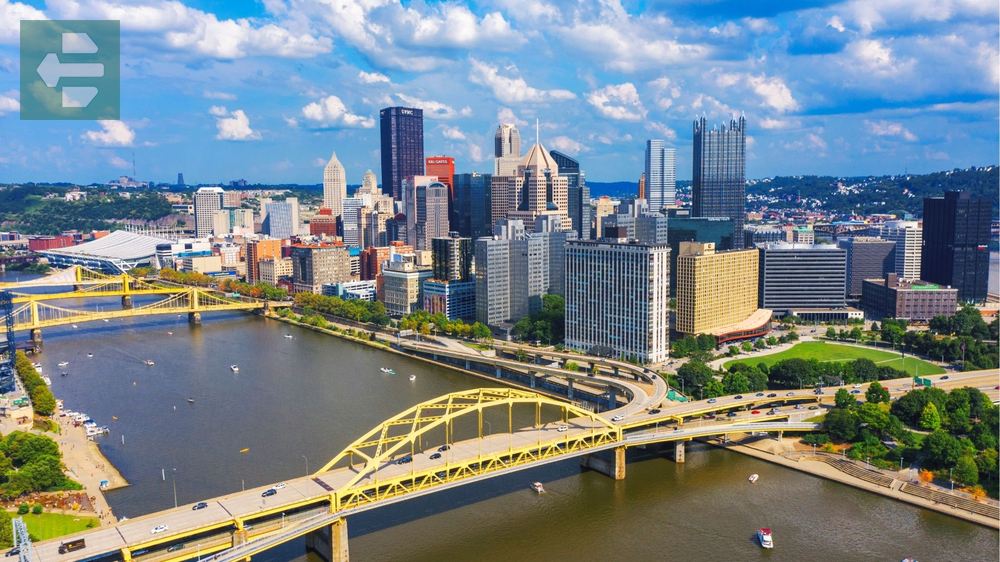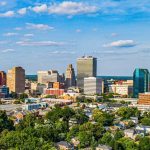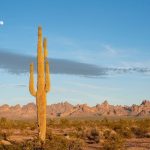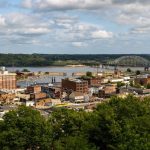Pittsburgh transforms from steel city to cultural haven with remarkable ease. Point State Park anchors the downtown triangle where three rivers meet, while Mount Washington offers sweeping views that photographers dream about. The Strip District pulses with energy, and neighborhoods like Lawrenceville and Shadyside each tell their own story.
Keep reading as we uncover the best places to visit in Pittsburgh that blend industrial heritage with modern charm, creating memories you'll carry long after you leave.
List of Contents
- 1. Point State Park: Where Three Rivers Meet
- 2. Mount Washington: Pittsburgh's Natural Observatory
- 3. Strip District: Six Blocks of Everything
- 4. Heinz Field: Home of Six Championships
- 5. PNC Park: Baseball Done Right
- 6. Carnegie Museums: Four Museums, One Legacy
- 7. Phipps Conservatory: Glass Gardens Year-Round
- 8. Lawrenceville: Artisan Revival
- 9. Shadyside: Upscale Urban Village
- 10. Oakland: University and Culture Hub
1. Point State Park: Where Three Rivers Meet
Three rivers converge here in perfect symmetry. The Allegheny and Monongahela merge to form the Ohio, creating Pittsburgh's defining geography. The fountain shoots water 150 feet skyward, marking this exact confluence.
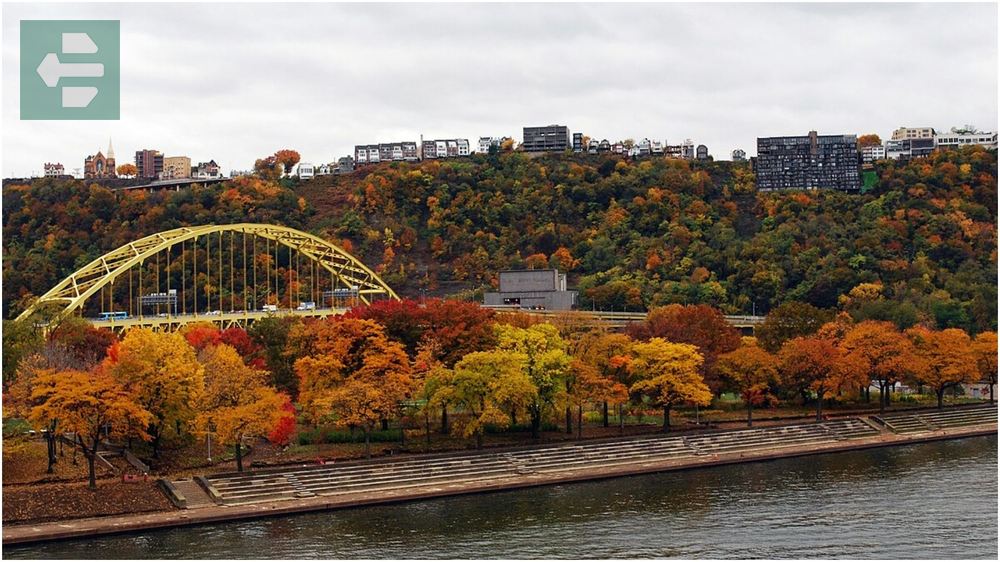
I stood here on a foggy October morning, watching kayakers navigate the currents where rivers become one. The mist lifted slowly, revealing the city skyline like a curtain rising on steel and glass.
Walk the river trails early morning or late evening when the light catches the water just right.
Quick Facts:
- Peak season: May-October
- Getting there: Downtown Pittsburgh, walking distance from hotels
- Admission: Free
- Suggested time: 2-3 hours
- Key spots: Fountain, Fort Pitt Museum, river walkways
2. Mount Washington: Pittsburgh's Natural Observatory
The incline climbs at a 30-degree angle, carrying passengers up since 1877. Two funicular railways serve this hillside—the Duquesne and Monongahela inclines both deliver the same reward.

The view spans the entire Golden Triangle. Heinz Field and PNC Park sit like toys below while the three rivers weave through downtown bridges. Sunset here turns the skyline into silhouettes against orange sky.
Local photographers arrive 30 minutes before golden hour. The best shots come from Grandview Avenue, not the incline stations.
Quick Facts:
- Peak season: Year-round, best at sunset
- Getting there: Duquesne or Monongahela Incline
- Admission: From $5 for incline ride
- Suggested time: 2-4 hours
- Key spots: Grandview Avenue, incline stations, overlooks
3. Strip District: Six Blocks of Everything
Six blocks hold the city's soul. This former industrial corridor now houses specialty shops, food markets, and weekend crowds hunting for everything from spices to vintage records.

Pamela's Diner serves crepe-style pancakes that locals queue for on Saturday mornings. The line moves fast, but the wait teaches patience that the city rewards.
Shop early Saturday morning before crowds arrive. Many vendors close by 3 PM on weekends.
Quick Facts:
- Peak season: Weekends year-round
- Getting there: Walking distance from downtown
- Admission: Free (individual shop prices vary)
- Suggested time: 3-5 hours
- Key spots: Pamela's Diner, Wholey's Fish Market, various specialty shops
4. Heinz Field: Home of Six Championships
Steel curtains wave here every Sunday during football season. The stadium seats 68,400 fans who know their Terrible Towels and their team history. Six Super Bowl banners hang as proof of Pittsburgh's football legacy.
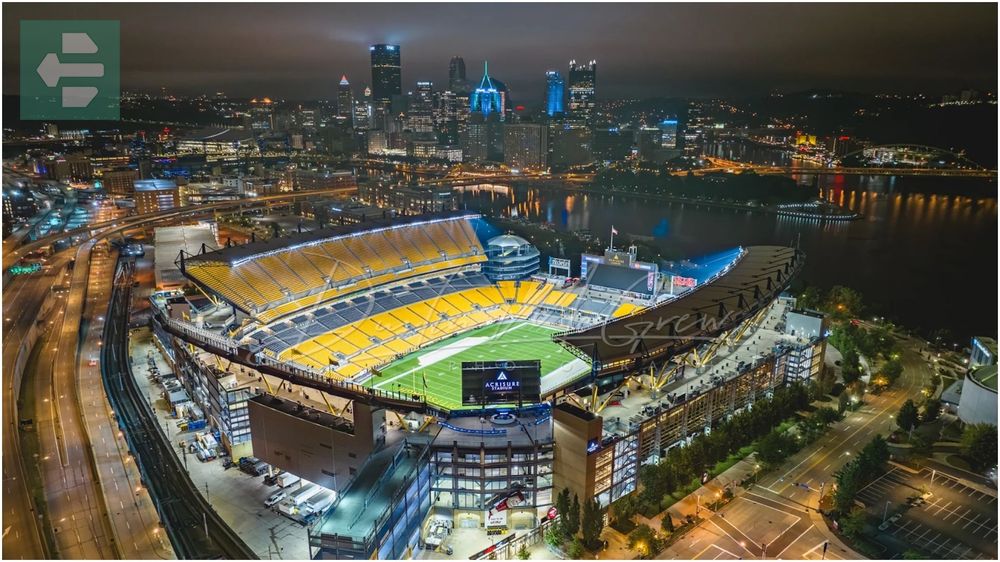
Even non-football fans appreciate the architecture. The open design frames the downtown skyline while allowing Allegheny River breezes to cool summer concerts and events.
Tours run year-round except game days. The best photo opportunities come from the field level looking toward downtown.
Quick Facts:
- Peak season: September-January (football season)
- Getting there: North Shore, accessible via bridges
- Admission: Tours from $7
- Suggested time: 1-2 hours (tours)
- Key spots: Field level, Hall of Honor, stadium exterior
5. PNC Park: Baseball Done Right
Twenty-one consecutive losing seasons couldn't dim this ballpark's beauty. PNC Park consistently ranks among America's finest stadiums, and the view beyond right field explains why.
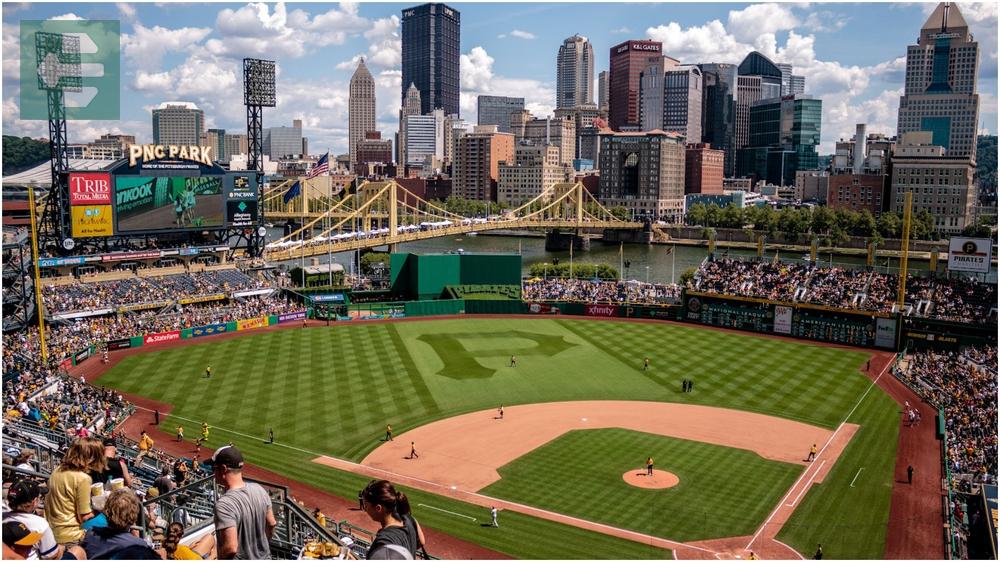
The Roberto Clemente Bridge frames center field while the Allegheny River flows past the outfield. Pirates win or lose, but the sunset over downtown Pittsburgh wins every night game.
Arrive early to walk the Riverwalk behind the outfield. General admission tickets offer surprising views for budget-conscious fans.
Quick Facts:
- Peak season: April-September (baseball season)
- Getting there: North Shore, walking distance from downtown
- Admission: From $15 for games
- Suggested time: 3-4 hours
- Key spots: Right field views, Riverwalk, legacy square
6. Carnegie Museums: Four Museums, One Legacy
Andrew Carnegie's vision created four distinct museums under one foundation. The Natural History Museum houses dinosaurs while the Art Museum spans ancient to contemporary works. Science Center experiments engage all ages, and the Warhol Museum celebrates Pittsburgh's most famous pop artist.
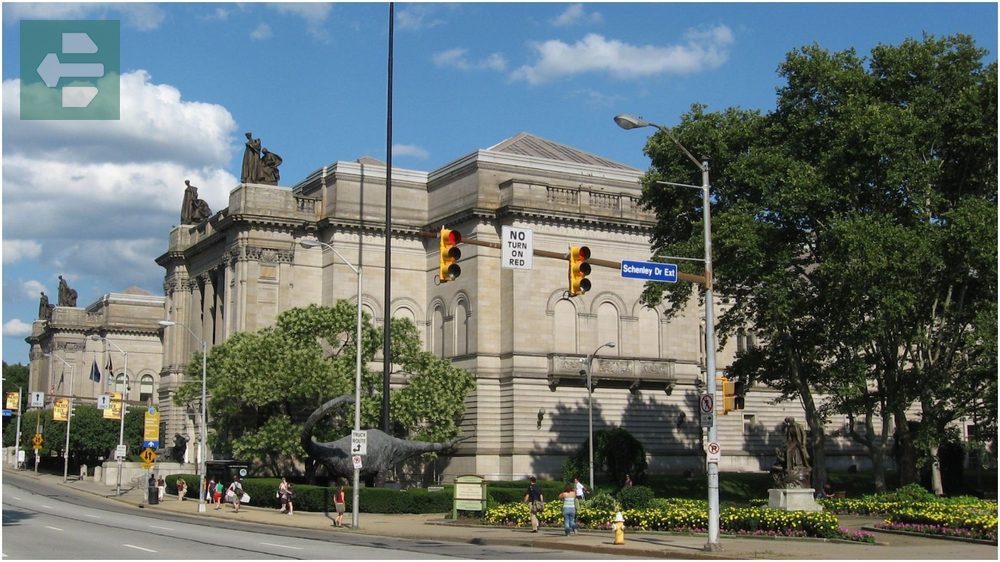
I watched children discover T-Rex fossils with the same wonder Carnegie hoped to inspire 120 years ago. His steel fortune built lasting education that still teaches through hands-on discovery.
Quick Facts:
- Peak season: Year-round, weekends busier
- Getting there: Various locations (Oakland for Natural History/Art)
- Admission: From $20 per museum
- Suggested time: Half day per museum
- Key spots: Dinosaur exhibits, contemporary art, interactive science displays
7. Phipps Conservatory: Glass Gardens Year-Round
Thirteen glass houses contain ecosystems from desert to rainforest. Built in 1893, these Victorian structures house over 2,500 plant species while downtown Pittsburgh winters rage outside.

The butterfly garden operates year-round, creating tropical refuge when Pennsylvania weather turns harsh. Orchids bloom regardless of season, offering color when the city needs it most.
Visit Tuesday mornings for the quietest experience. The conservatory opens at 9:30 AM to smaller crowds.
Quick Facts:
- Peak season: Year-round, holiday displays November-January
- Getting there: Schenley Park, Oakland neighborhood
- Admission: From $18
- Suggested time: 2-3 hours
- Key spots: Butterfly garden, orchid rooms, seasonal displays
8. Lawrenceville: Artisan Revival
Abandoned warehouses became artist lofts, creating Pittsburgh's hippest neighborhood. Butler Street runs five miles through three distinct sections, each with its own personality and local businesses.

Gallery crawls happen first Friday monthly. Local breweries pour craft beer while art students display work in converted industrial spaces. The neighborhood reinvents itself without losing working-class character.
Quick Facts:
- Peak season: Year-round, First Fridays monthly
- Getting there: Bus or bike from downtown
- Admission: Free (individual business prices vary)
- Suggested time: 3-5 hours
- Key spots: Butler Street, galleries, local breweries
9. Shadyside: Upscale Urban Village
Walnut Street creates Main Street America within city limits. Independent shops, cafes, and tree-lined residential streets make this neighborhood feel like small-town life with urban conveniences.

The shops close early compared to malls, but the quality exceeds chain store offerings. Local boutiques carry items you won't find elsewhere, making window shopping productive.
Quick Facts:
- Peak season: Year-round, best weather April-October
- Getting there: Bus from downtown or walking from Oakland
- Admission: Free (individual shop prices vary)
- Suggested time: 2-4 hours
- Key spots: Walnut Street, independent shops, tree-lined streets
10. Oakland: University and Culture Hub
Four major institutions call Oakland home: University of Pittsburgh, Carnegie Mellon University, Carnegie Museums, and UPMC Presbyterian Hospital. This concentration creates constant energy from students, researchers, and cultural events.

The Cathedral of Learning rises 42 stories, making it among the world's tallest educational buildings. Nationality rooms inside represent different cultures through authentic architectural details donated by immigrant communities.
Park early or use public transit. Student populations make street parking challenging during school year.
Quick Facts:
- Peak season: September-May (academic year)
- Getting there: Bus from downtown, walking distance between sites
- Admission: Various (museums charge, university areas free)
- Suggested time: Full day
- Key spots: Cathedral of Learning, museums, university campuses
Pittsburgh rewards the curious traveler. Steel mills became innovation centers. Rivers that once carried coal now host kayakers and riverfront festivals. Working-class neighborhoods transformed into cultural districts without losing their authentic character.
Pack comfortable shoes for bridge walking. Bring a camera for Mount Washington views. Most importantly, arrive with appetite—for food, for culture, for the unexpected moments that make travel memorable.
The city that built America now builds memories. Your Pittsburgh story begins with that first step off the plane, that first glimpse of three rivers meeting, that first taste of local flavor in the Strip District.
Start planning. Pittsburgh waits.
